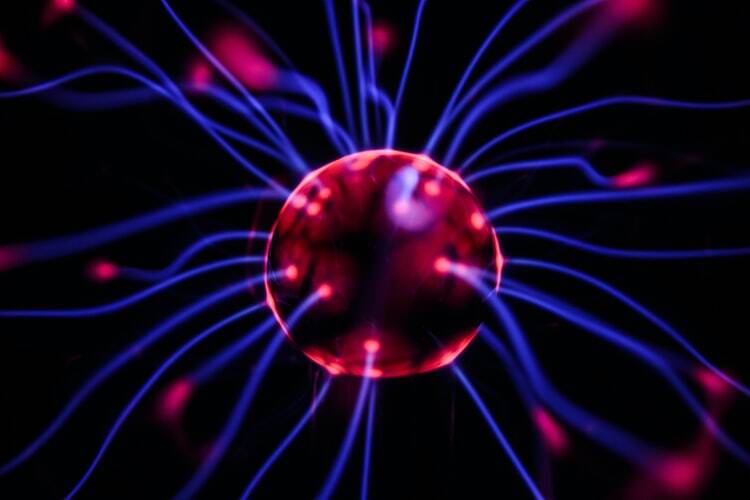
Today I want to share the results of a scientific experiment involving rats that I think has huge implications for humans. In the 1950s, John Hopkins Professor Curt Richter conducted a savage experiment in which he tested how long rats could tread water before drowning [how long they could move their legs to stay on top of the water and remain alive]. Richter found that the time the rats could tread water had everything to do with whether they expected to survive—hope—in a word!
During one trial of the experiment, Richter removed the rats from the water around the time they were expected to die and held them for a while. When he put these rats back back in the water, they swam far more and lasted much longer before drowning than the rats that had not been lifted from the water.
Check out the full article from Psychology Today, The Remarkable Power of Hope, by Joseph Hallnan. An ugly experiment, no doubt, but with an inspiring takeaway.
In the 1950s, [Hallnan] conducted a gruesome experiment with domesticated and wild rats.
He first took a dozen domesticated rats, put them into jars half-filled with water, and watched them drown. The idea was to measure the amount of time they swam before they gave up and went under. The first rat, Richter noted, swam around excitedly on the surface for a very short time, then dove to the bottom, where it began to swim around, nosing its way along the glass wall. It died two minutes later. Two more of the 12 domesticated rats died in much the same way. But, interestingly, the nine remaining rats did not succumb nearly so readily; they swam for days before they eventually gave up and died.
Now came the wild rats, renowned for their swimming ability. The ones Richter used had been recently trapped and were fierce and aggressive. One by one, he dropped them into the water. And one by one, they surprised him: Within minutes of entering the water, all 34 died.
“What kills these rats?†he wondered. “Why do all of the fierce, aggressive, wild rats die promptly on immersion and only a small number of the similarly treated, tame, domesticated rats?â€
The answer, in a word: hope.
“The situation of these rats scarcely seems one demanding fight or flight—it is rather one of hopelessness,†he wrote. “[T]he rats are in a situation against which they have no defense … they seem literally to ‘give up.’â€
Richter then tweaked the experiment: He took other, similar rats and put them in the jar. Just before they were expected to die, however, he picked them up, held them a little while, and then put them back in the water. “In this way,†he wrote, “the rats quickly learn that the situation is not actually hopeless.â€
This small interlude made a huge difference. The rats that experienced a brief reprieve [relief] swam much longer and lasted much longer than the rats that were left alone. They also recovered almost immediately. When the rats learned that they were not doomed, that the situation was not lost, that there might be a helping hand at the ready—in short, when they had a reason to keep swimming—they did. They did not give up, and they did not go under.
“After elimination of hopelessness,†wrote Richter, “the rats do not die.â€
Psychology today


